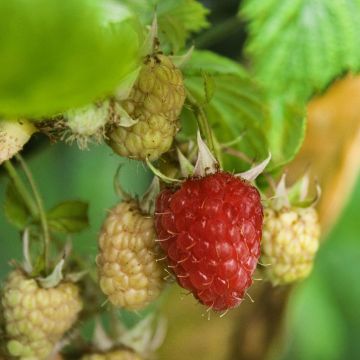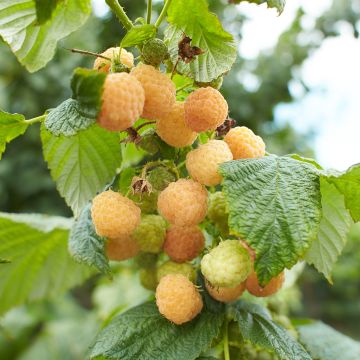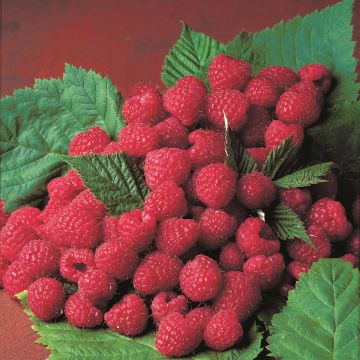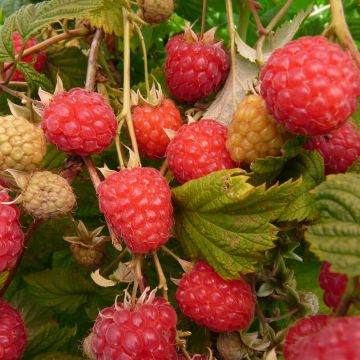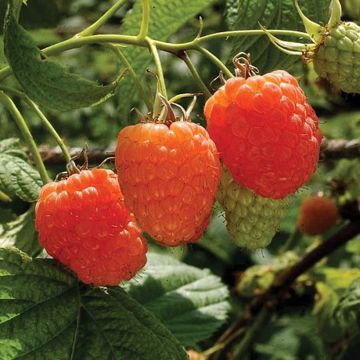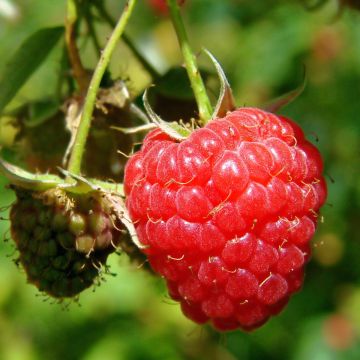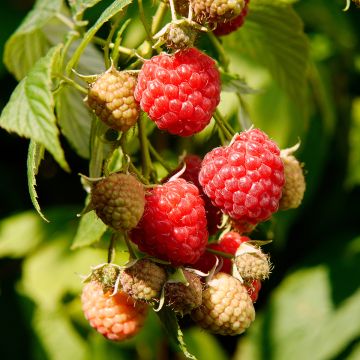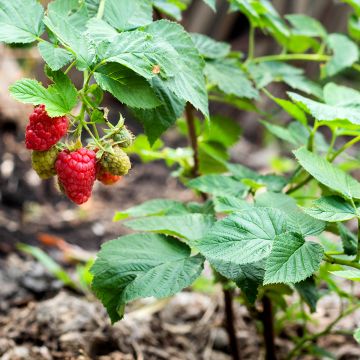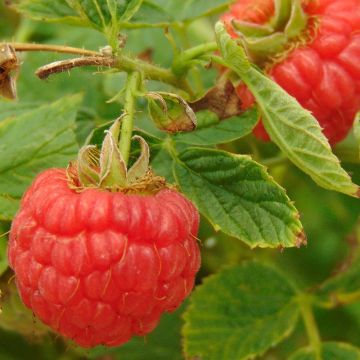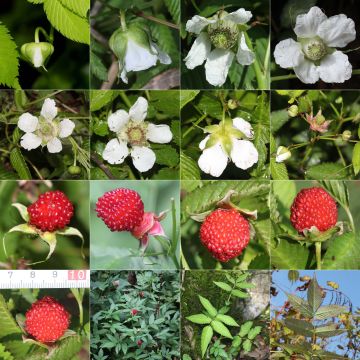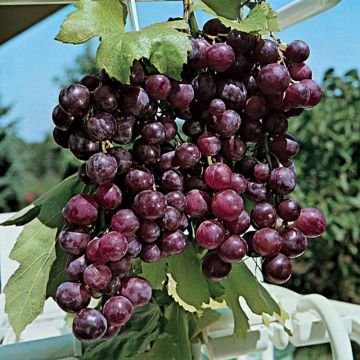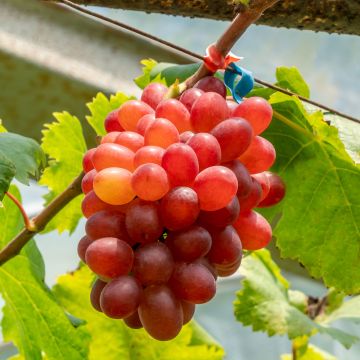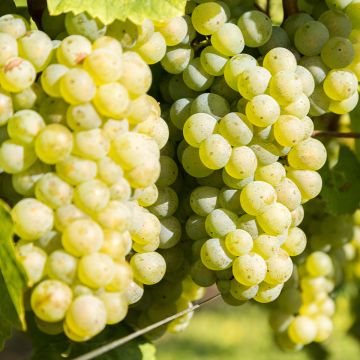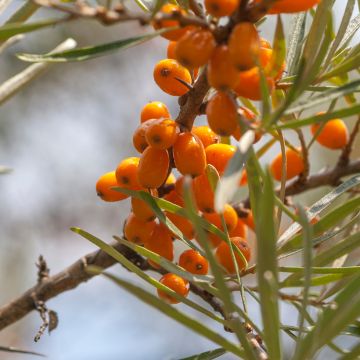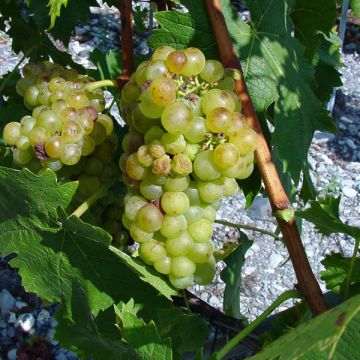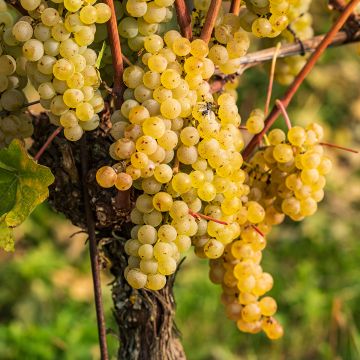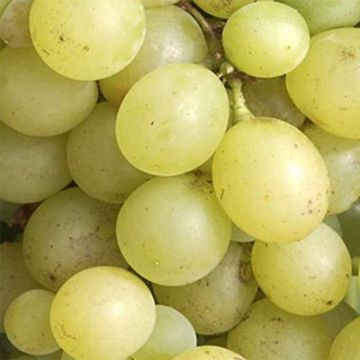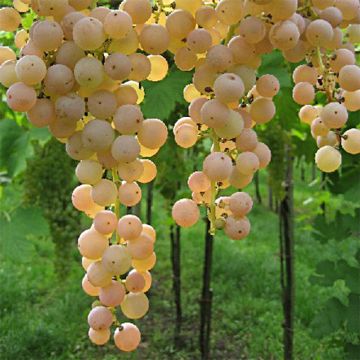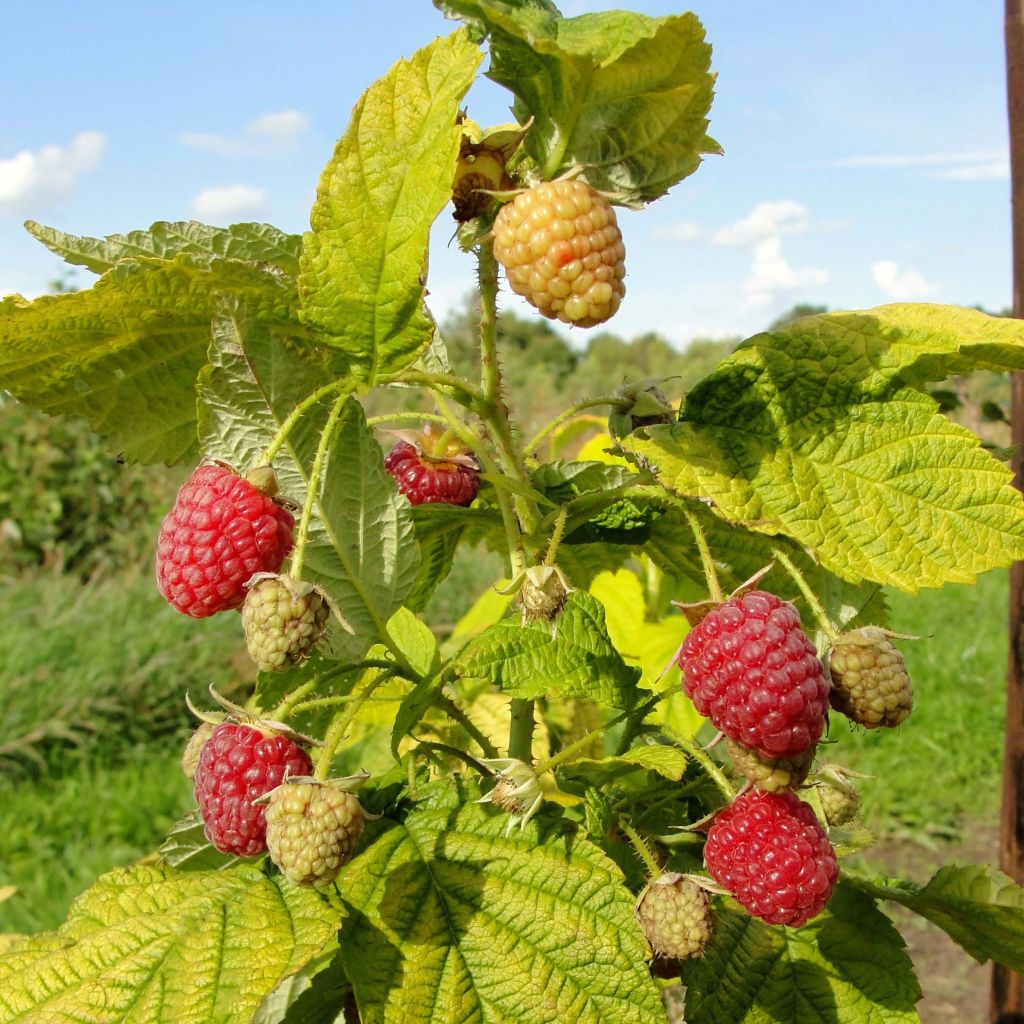

Raspberry Groovy Raspberry - Rubus idaeus
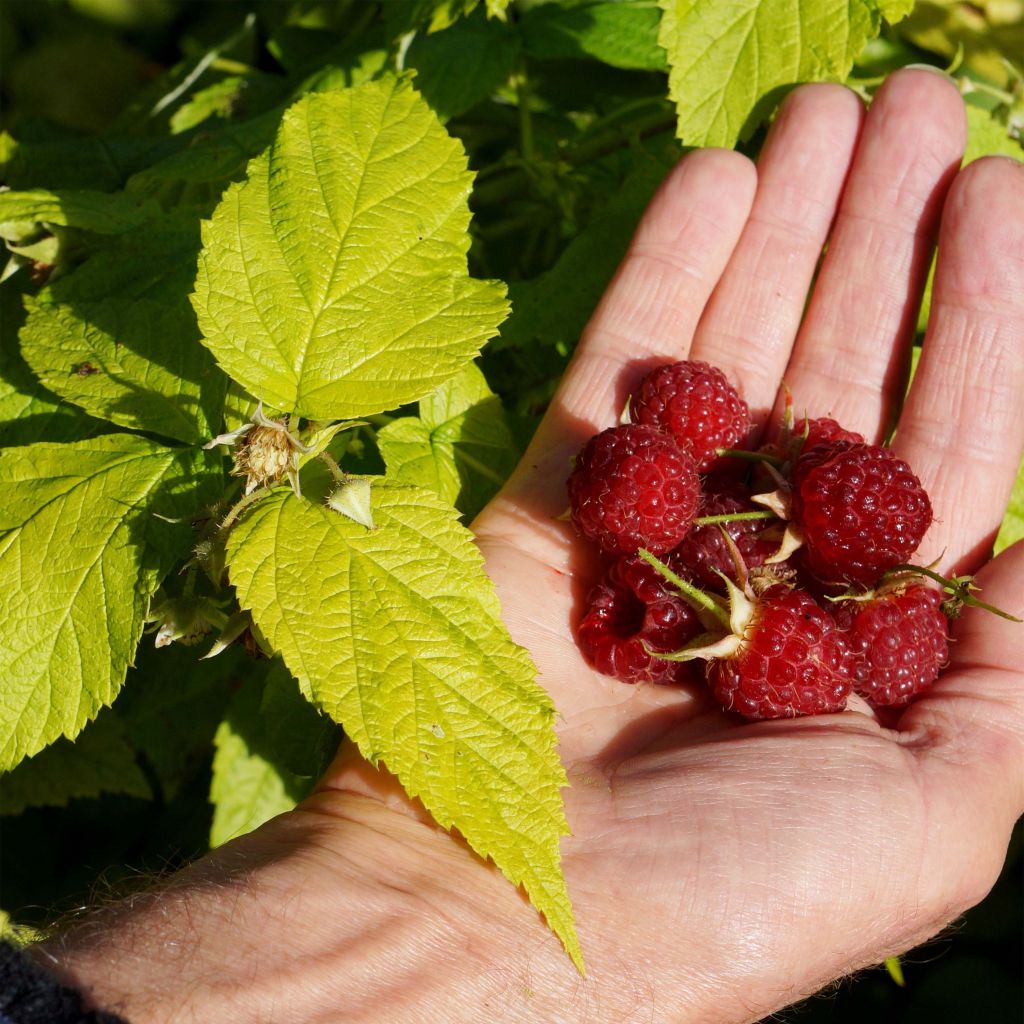

Raspberry Groovy Raspberry - Rubus idaeus
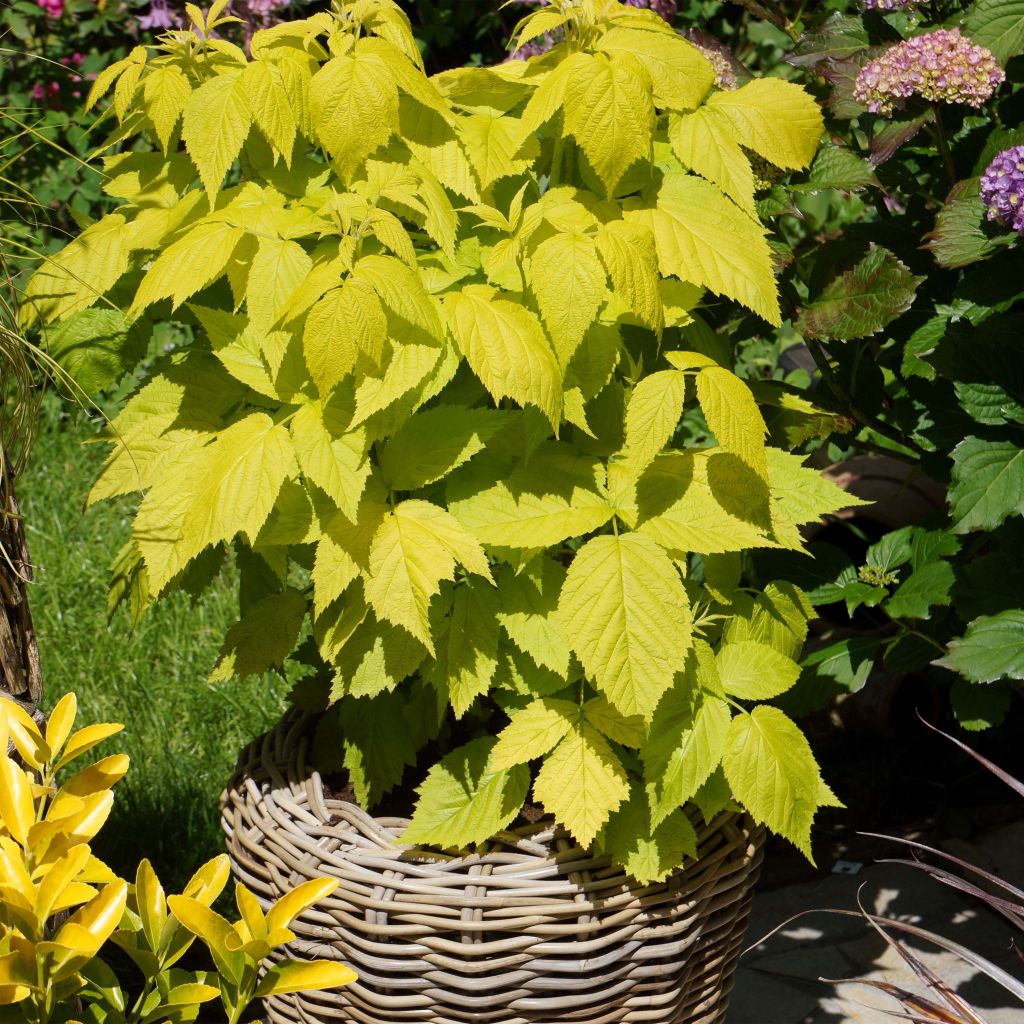

Raspberry Groovy Raspberry - Rubus idaeus
Raspberry Groovy Raspberry - Rubus idaeus
Rubus idaeus Groovy® (Jdeboer005)
Raspberry, Red Raspberry, European Raspberry
This item cannot be shipped to the selected country
Delivery charge from €5.90
Delivery charge from €5.90
Delivery to Corse prohibited
More information
Schedule delivery date,
and select date in basket
This plant carries a 6 months recovery warranty
More information
We guarantee the quality of our plants for a full growing cycle, and will replace at our expense any plant that fails to recover under normal climatic and planting conditions.
From €5.90 for pickup delivery and €6.90 for home delivery
Express home delivery from €8.90.
From €5.90 for pickup delivery and €6.90 for home delivery
Express home delivery from €8.90.
Delivery to Corse prohibited: UE law prohibits the import of this plant from mainland France to Corse as part of the fight against Xylella fastidiosa. Please accept our sincere apologies.
More information
Description
The Rubus idaeus 'Groovy' is a new raspberry bush that has many advantages, both decorative and delicious. It can be happily welcomed in a pot on the terrace or balcony, or in the ornamental garden, as a small fruit hedge, or even along the edge of a vegetable garden, even in limited space. It is a thornless variety, with a compact habit, distinguished by its bright foliage, golden in summer. Its large-sized raspberries, ripe and bright red, have a sweet and juicy flavour, and are very aromatic. They can be harvested from July to September. The maintenance of this raspberry bush is limited to an annual pruning of the older canes, which should be done in early spring. It grows easily in non-scorching sun or partial shade, in a fresh, fertile, and well-drained garden soil.
The raspberry bush, scientifically known as Rubus idaeus, is a plant from the Rosaceae family, and is related to strawberries, blackberries, and wild roses. It is native to temperate Europe and Asia (from Turkey to China and Japan) and has been cultivated since the Middle Ages in gardens. It can be found in mountain undergrowth, as well as on plains. It is a suckering shrub, composed of upright, cylindrical canes that die in the second year after fruiting: new canes emerge from the base every year.
In the 'Groovy' variety, the canes generally do not exceed 1m (3ft) in height, and the plant, with its dense foliage, will take up about 75-80cm (30-32in) of space on the ground. The young leaves are orange in spring, gradually turning golden yellow in summer. They are pinnate leaves, divided into 5 to 7 leaflets, or 3 leaflets if they are located on the upper part of the canes. A light white fuzz covers their underside. The flowering occurs from June to August. It consists of white flowers, 2-3cm (1in) in diameter, grouped in clusters of 5 to 10. Pollination is carried out by pollinating insects such as bees, bumblebees, and butterflies. The flowers are followed by raspberries, which are actually composed of small fleshy drupes clustered together, and easily detach from the bush when ripe. In 'Groovy', the red fruits are of medium size, with a balanced and fragrant flavour. They can be harvested for almost 3 months, from July to September.
To fully enjoy their flavour, raspberries should be consumed soon after picking, as they do not keep well. If you have a plentiful harvest, consider making coulis, sorbets, pies, or jams. You can also freeze them. The production reaches its normal level in the third year after planting. A plant can bear fruit for several years, around 10 years.
The Mayberry (Lonicera kamtchatka), currants, blackcurrants, blueberries, as well as thornless blackberries and climbing strawberries, will be good companions for this delicious raspberry bush: their compact size and easy cultivation make all these small fruits perfect candidates for creating a fruit hedge.
Report an error about the product description
Raspberry Groovy Raspberry - Rubus idaeus in pictures
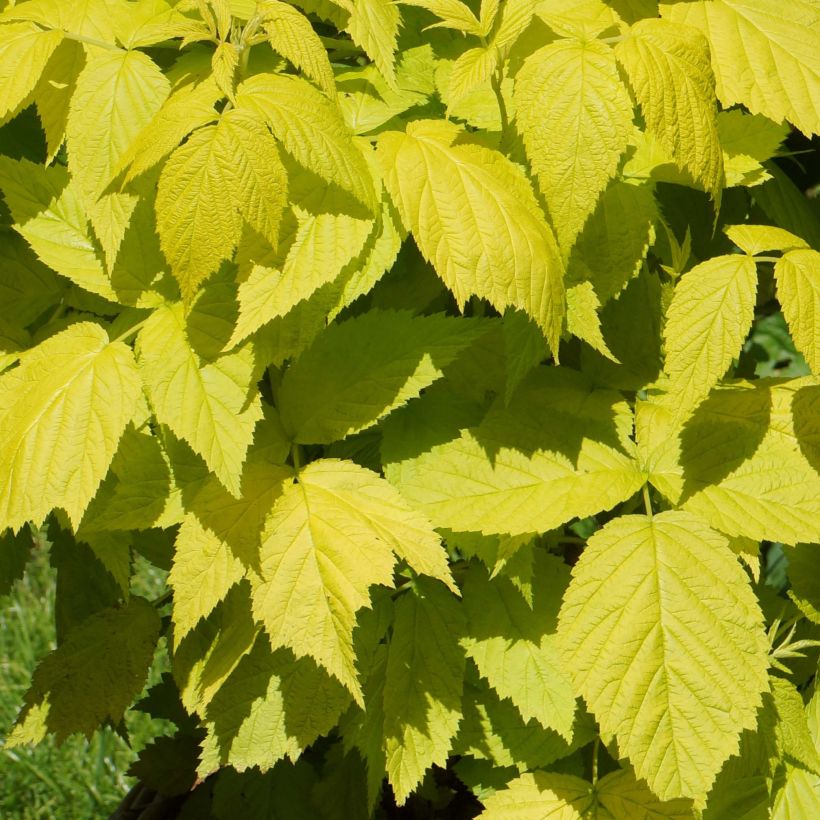



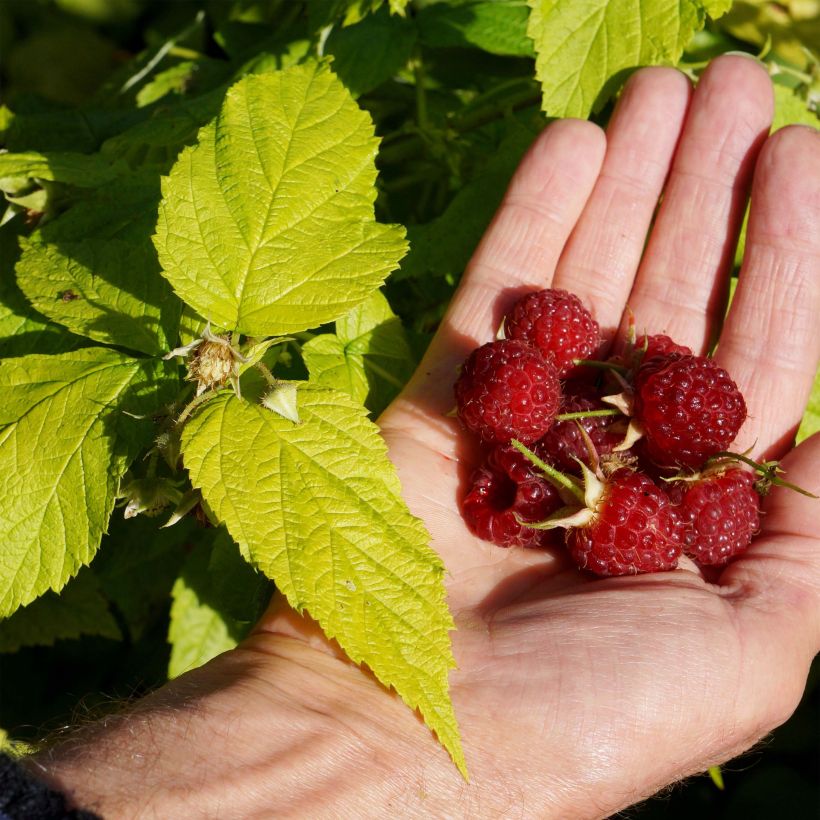

Plant habit
Fruit
Flowering
Foliage
Botanical data
Rubus
idaeus
Groovy® (Jdeboer005)
Rosaceae
Raspberry, Red Raspberry, European Raspberry
Cultivar or hybrid
Other Raspberry plants
Planting and care
The Raspberry bush prefers humus-rich soils that retain moisture, even in summer, without excessive limestone. It appreciates partially shaded but bright exposures. In the north, it can tolerate full sun, while in the south, it prefers partial shade. Plant it from October to March in regular soil enriched with compost and well-rotted manure. The 'Groovy' Raspberry can be planted in open ground or in a pot.
Space the plants 50 cm (20in) apart in rows spaced 1.20m (4ft) apart. During planting, the collar should be level with the ground.
Water regularly to promote root development in the first year of planting. During periods of high heat or prolonged drought, provide additional water. Weed the surface, especially at the beginning of planting, and apply mulch to keep the soil cool in summer.
For container planting, place gravel or clay pellets at the bottom of the pot to facilitate drainage. Fill the pot with a mixture of soil, compost, and potting soil.
The Raspberry bush can be susceptible to various diseases if the growing conditions are not optimal (raspberry anthracnose, raspberry rust, powdery mildew, grey mold in rainy periods, or Botrytis). The damage observed in cultivation is due to unfavourable weather conditions, especially during cold springs that allow micro-fungi present in the soil to infest the vegetation. To protect the plants, it is recommended to feed the raspberry bushes with organic fertilisers that promote the multiplication of anaerobic bacteria in the soil, which strengthens the soil's ability to stimulate the plants' immune system. Raspberry bushes can also be attacked by certain pests such as raspberry worms, the larvae of a small beetle that infests the fruits without causing significant damage.
Raspberry bushes easily multiply through suckers that grow near the base: remove them and replant them in another part of the garden if desired.
Planting period
Intended location
Care
-
, onOrder confirmed
Reply from on Promesse de fleurs
Berries
Haven't found what you were looking for?
Hardiness is the lowest winter temperature a plant can endure without suffering serious damage or even dying. However, hardiness is affected by location (a sheltered area, such as a patio), protection (winter cover) and soil type (hardiness is improved by well-drained soil).

Photo Sharing Terms & Conditions
In order to encourage gardeners to interact and share their experiences, Promesse de fleurs offers various media enabling content to be uploaded onto its Site - in particular via the ‘Photo sharing’ module.
The User agrees to refrain from:
- Posting any content that is illegal, prejudicial, insulting, racist, inciteful to hatred, revisionist, contrary to public decency, that infringes on privacy or on the privacy rights of third parties, in particular the publicity rights of persons and goods, intellectual property rights, or the right to privacy.
- Submitting content on behalf of a third party;
- Impersonate the identity of a third party and/or publish any personal information about a third party;
In general, the User undertakes to refrain from any unethical behaviour.
All Content (in particular text, comments, files, images, photos, videos, creative works, etc.), which may be subject to property or intellectual property rights, image or other private rights, shall remain the property of the User, subject to the limited rights granted by the terms of the licence granted by Promesse de fleurs as stated below. Users are at liberty to publish or not to publish such Content on the Site, notably via the ‘Photo Sharing’ facility, and accept that this Content shall be made public and freely accessible, notably on the Internet.
Users further acknowledge, undertake to have ,and guarantee that they hold all necessary rights and permissions to publish such material on the Site, in particular with regard to the legislation in force pertaining to any privacy, property, intellectual property, image, or contractual rights, or rights of any other nature. By publishing such Content on the Site, Users acknowledge accepting full liability as publishers of the Content within the meaning of the law, and grant Promesse de fleurs, free of charge, an inclusive, worldwide licence for the said Content for the entire duration of its publication, including all reproduction, representation, up/downloading, displaying, performing, transmission, and storage rights.
Users also grant permission for their name to be linked to the Content and accept that this link may not always be made available.
By engaging in posting material, Users consent to their Content becoming automatically accessible on the Internet, in particular on other sites and/or blogs and/or web pages of the Promesse de fleurs site, including in particular social pages and the Promesse de fleurs catalogue.
Users may secure the removal of entrusted content free of charge by issuing a simple request via our contact form.
The flowering period indicated on our website applies to countries and regions located in USDA zone 8 (France, the United Kingdom, Ireland, the Netherlands, etc.)
It will vary according to where you live:
- In zones 9 to 10 (Italy, Spain, Greece, etc.), flowering will occur about 2 to 4 weeks earlier.
- In zones 6 to 7 (Germany, Poland, Slovenia, and lower mountainous regions), flowering will be delayed by 2 to 3 weeks.
- In zone 5 (Central Europe, Scandinavia), blooming will be delayed by 3 to 5 weeks.
In temperate climates, pruning of spring-flowering shrubs (forsythia, spireas, etc.) should be done just after flowering.
Pruning of summer-flowering shrubs (Indian Lilac, Perovskia, etc.) can be done in winter or spring.
In cold regions as well as with frost-sensitive plants, avoid pruning too early when severe frosts may still occur.
The planting period indicated on our website applies to countries and regions located in USDA zone 8 (France, United Kingdom, Ireland, Netherlands).
It will vary according to where you live:
- In Mediterranean zones (Marseille, Madrid, Milan, etc.), autumn and winter are the best planting periods.
- In continental zones (Strasbourg, Munich, Vienna, etc.), delay planting by 2 to 3 weeks in spring and bring it forward by 2 to 4 weeks in autumn.
- In mountainous regions (the Alps, Pyrenees, Carpathians, etc.), it is best to plant in late spring (May-June) or late summer (August-September).
The harvesting period indicated on our website applies to countries and regions in USDA zone 8 (France, England, Ireland, the Netherlands).
In colder areas (Scandinavia, Poland, Austria...) fruit and vegetable harvests are likely to be delayed by 3-4 weeks.
In warmer areas (Italy, Spain, Greece, etc.), harvesting will probably take place earlier, depending on weather conditions.
The sowing periods indicated on our website apply to countries and regions within USDA Zone 8 (France, UK, Ireland, Netherlands).
In colder areas (Scandinavia, Poland, Austria...), delay any outdoor sowing by 3-4 weeks, or sow under glass.
In warmer climes (Italy, Spain, Greece, etc.), bring outdoor sowing forward by a few weeks.

































